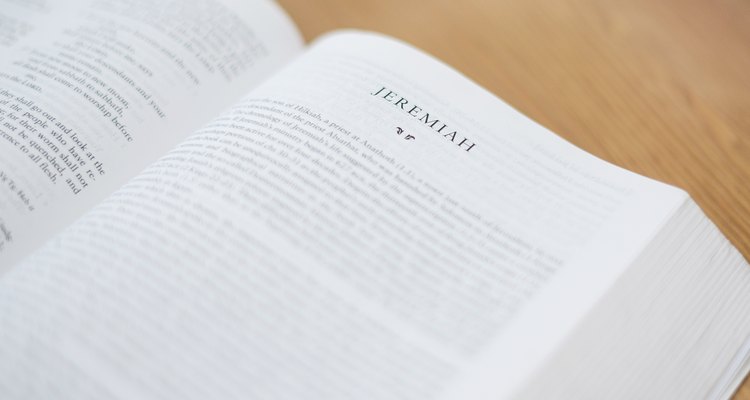
The Book of Jeremiah does not contain stories about arks or whales or a talking donkey. The stories in this book can be a little difficult for children to understand, but activities can help bring the meaning behind the story to the child’s level. Using children’s storybooks that tell these stories of the Bible instead of reading the actual verses in the Bible may help with their understanding. Using activities to reinforce the Bible stories you are reading also gives children a visual reference and facilitates understanding.
Jeremiah 1:4-12, The Call of Jeremiah
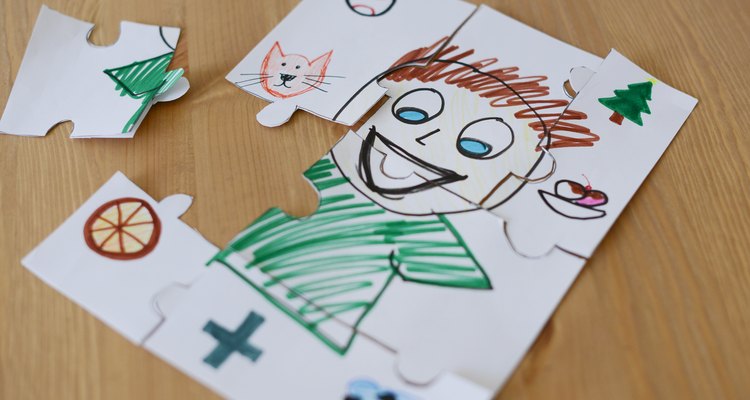
The general message in Jeremiah 1:4-12 is that God knew his people before they were even born and that he formed them to be who they are. You can use a craft project to help instill this message in your children. Using heavy white construction paper and crayons, colored pencils or markers, your children should all draw a self-portrait, adding things they like around the edges—for example, spaghetti, dogs and ice cream. Once complete, have them cut the picture into pieces to make a puzzle. Your children can exchange puzzles while you reiterate the message in the story about God putting them together with unique pieces that set them apart from everyone else.
Jeremiah 10:1-16, God and Idols

Jeremiah 10:1-16 talks about God being angry when people worship idols. Using paper and pencil, have your children list their 10 favorite toys or things to do. Ask questions about the toys and activities, like “How often do you play with that toy?” or “Have your parents ever had to take that toy away from you for misbehaving?” Using pre-cut pieces of foam that you previously glued pin backs onto, have the children put "God is #1" on the shape and add whatever other embellishments they choose. While doing this, you can explain to your children that adults have toys, too—for example, television shows, new cars and vacations—and talk about how this story in Jeremiah says anything that we value more than God becomes an idol, and we need to remember to put God first.
Jeremiah 18:1-11, At the Potter’s House
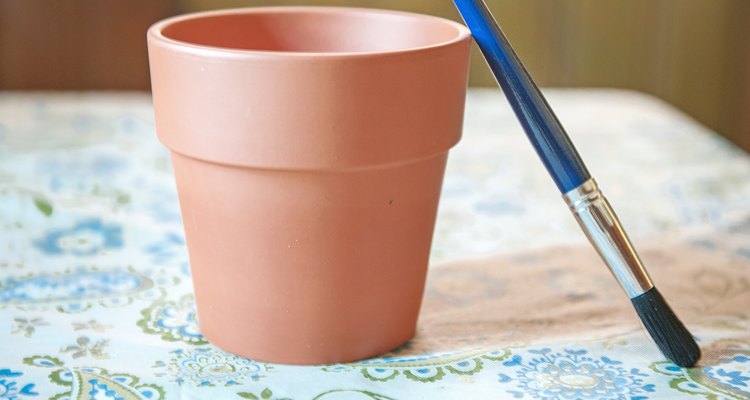
Reading the story of the potter’s house tells your children that how the potter shapes the clay in his hands is the same way God shapes us in his hands. Using modeling clay, let your children shape their own pots while leading a discussion on the different ways God shapes people and their lives. For older children, consider bringing in terra cotta clay pots and allowing your children to paint decorations on them as an alternative activity.
Jeremiah 36:1-32, Jehokiam Burns Jeremiah’s Scroll

Jeremiah’s scroll was very important to him because it contained all the words God had spoken to him, and he made a new scroll to replace the destroyed one. After you've shared the story with your children, they can create their own scrolls using flat craft sticks, glue and parchment paper. Pre-print verses on the parchment paper, or have the children write the Bible verse on their own, from a suggestion on the whiteboard. Final additions include gluing the craft sticks to both ends and rolling up the parchment to resemble a scroll.
Related Articles

Bible Games on Psalms for Kids
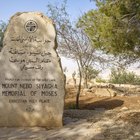
Children's Activities on Moses, the ...

Activities to Teach Children to Hear ...

How to Write a Poem for Your Child

Sunday School Games About Prayer
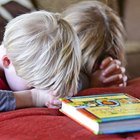
Children's Games That Demonstrate Faith
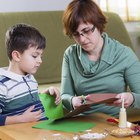
Jesus Prays in the Garden Craft

Sunday School Object Lessons for ...

Children's Beatitude Activities

13-Year-Old Birthday Party Ideas

Characteristics of Fables for Kids

Children's Activities for Psalms 23

Follow-the-Leader Children's Games

How to Plan Fun Activities for Kids

Crafts for Teaching Beatitudes to ...
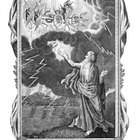
Sunday School Crafts for Ezekiel

How to Cheer People Up When They Are ...

Faith Building Games for Children

Children's Activities for the Parable ...

How to Tell Him He Is a Good Father
References
Writer Bio
Annabelle Lee has been working in the journalism field since 1990. She was a teacher and yearbook adviser for four years and holds two associate degrees from her local community college where she currently teaches computer classes. Lee also writes for a local newspaper and was a proofreader for McGraw-Hill.
Photo Credits
Alexa Smahl/Demand Media